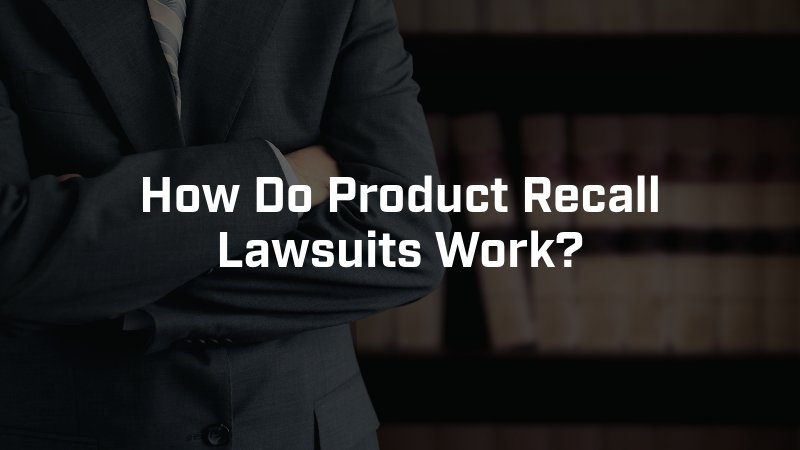Manufacturers or regulatory agencies may move to initiate product recalls to remove any potentially hazardous products from the consumer market. Product recalls often stem from design defects, manufacturing mistakes, or false advertising, posing risks to consumer safety and health. Here, we want to review some of the basic steps for a product recall lawsuit, but please reach out to a Phoenix injury lawyer as soon as possible if you think you have a claim against another party.

Step 1. Recognizing the Recall
The first step in any product recall lawsuit is understanding whether or not there is a recall to begin with. This information can be obtained through official government websites, news outlets, or direct notifications from the manufacturer.
If there is indeed a recall, it is important to understand the reasons behind the recall, the risks associated with the product, and the recommended actions for consumers. If you have been harmed as a result of a product that has now been recalled, you may have a claim against a manufacturer, retailer, or distributor.
Step 2. Documenting Ownership and Harm
Securing compensation for a product liability claim involves showing a few key points, including your correct use of the product and the harm you sustained. Keep receipts, warranty cards, or any other document that proves the purchase of the recalled product. If the product has caused injury or damage, it’s essential to document this through medical records, photographs, and personal accounts.
Step 3. Consultation with a Product Liability Attorney
Product recall lawsuits can be complex, requiring specialized legal expertise. Consulting with an attorney experienced in product liability in Phoenix is a major benefit for your claim. We encourage you to set up an initial consultation, which will involve discussing the case’s details, potential legal strategies, and the feasibility of pursuing a lawsuit.
Step 4. Legal Evaluation and Case Building
The attorney will evaluate the case’s merits, considering the severity of the harm, the nature of the defect, and the potential for a successful claim. If an attorney takes your case, they will begin an investigation into the incident in order to gather all necessary evidence, including the defective product, medical reports, expert testimonies, and any communication with the manufacturer.
Step 5. Filing the Lawsuit
Your product liability lawyer will prepare and file a complaint in the appropriate court, officially starting the lawsuit process. The at-fault party or parties will have a chance to respond to the allegations, either admitting fault, denying the claims, or offering a settlement. Almost certainly, the at-fault party will attempt to deny the entire claim or most of the allegations, requiring that the case move forward.
Step 6. Discovery and Pre-trial Activities
The first step in the process is discovery, which is when both parties exchange information, documents, and evidence related to the case. Attorneys may take depositions of any potential witness who could be called at trial or who could provide valuable information related to the claim. Legal arguments can be made to resolve the case early or limit the issues to be tried.
Step 7. Settlement Negotiations
Typically, claims that proceed forward will involve negotiations at some point. Many product recall lawsuits are settled out of court. Settlement negotiations can offer a quicker, less risky resolution to the dispute. However, after a claim is settled, there will be no way for an individual to go back and reopen the claim to recover additional compensation. It’s important to comprehend the settlement terms, including any compensation and the agreement’s implications.
Step 8. Trial
If a settlement is not reached, the case will go to trial, where both sides present their arguments before a judge or jury. The trial concludes with a verdict determining the defendant’s liability and the compensation owed to the plaintiff, if any.
